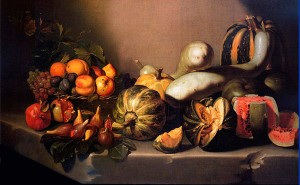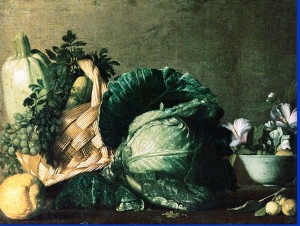Stephen sent me this still life for a critique. As usual, i like to submit the actual question so that those that have similar questions, or are trying to accomplish similar ideas can read what he had to say:
“Hi Joe….I took this shot in my kitchen using daylight from my back door glass to illuminate the subject, and my idea was to make an image like pro shots I’d seen in books or magazines. The only manipulation with PS CS2 was maybe 10% contrast adjustment and some sharpening. My question to you is “do you think I achieved my goal of making a professional looking ( quality in tone and light) still life ?”
Thank you,
Stephen
Stephen, First of all, by definition, a professional is someone that gets paid for a service..that’s all it means!!!! Being a professional does not guarantee you professional work. I assure you that there are photographers out there that call themselves a pro and whose work occasionally appears in magazines, that you don’t want to be anything like.
Ok, let’s talk about your photo:
The first thing is the exposure. It’s so underexposed you’ve lost where half the fruit ends. That might be what you were after, but to me, I’d like to see a little separation from the onions in the back and right side to the background. You’ve lost the bowl the fruit is in as well, and the bowl is too important to not be able to see. You’ve also lost the fabric that the bowl is sitting on and I think it would add quite a bit to the overall feel.
Ok, how about the depth of field? Did you really want just the onions and garlic in the front to be sharp? If I were taking a photo of a bowl of fruit, I would want the viewer to enjoy the texture of each of the elements. I think it would be important here for it to be sharp from front to back.
I like my still life’s to have an environment, not a black background. I wrote a post called “The whole enchilada”. In it I talk about not just concentrating on the main center of interest or subject, but the background, the foreground, or either side, or anything that helps make the photo stronger.
In my online class with the PPSOP and in my “Stretching Your Frame of Mind” workshop I always tell my fellow photographers to study art, and renaissance light.
 If you want your still life to look like still life’s of fruit painted in the Renaissance, then I suggest you study those painters and not look at photos in a magazine. You’ll get a lot more from them, and at the same time develop your own style.
If you want your still life to look like still life’s of fruit painted in the Renaissance, then I suggest you study those painters and not look at photos in a magazine. You’ll get a lot more from them, and at the same time develop your own style.
Take a look at what I mean in these two still life’s painted by a Renaissance painter named Caravaggio. When you’re still life photos look closer to these, you won’t ever have to worry whether your work looks like a pro. 
Thanks for the submission Stephen.
Visit my website at: www.joebaraban.com and check out my 2013 workshop schedule at the top of this blog. Come shoot with me sometime.
Also be sure to send me a photo and question to: AskJoeB@gmail.com. Instructions can be found at the top of this blog.
JoeB






There is one thing that I absolutely love about this photograph: the texture of the onions and the garlic in front. I can almost touch them…
But Joe certainly has a point about the underexposure and the shallow focus. I think that showing the context of the bowl would help the viewer putting the bowl into context, much like in the Caravaggio still lifes Joe brought up as examples. These onions plus garlic to me say “countryside farm”, so showing them on a table in a countryside farmhouse would complete the image…
Thilo,
Points well taken. As I always say, it’s not just the center of interest/subject, it’s “the whole enchilada”.
Joe